We have driven by the Voice of America Museum for years, but have never gone through it. As part of our New Year’s resolution to act more like tourists in our own home state and to see more local things, we finally made it there.
As you turn onto the long driveway, you get a great view of the Museum building. The museum is housed in the former Voice of America Bethany Station. There is parking along the front and side of the building. They are only open Saturday and Sunday from 1:00 pm to 4:00 pm. During your visit, you can walk around on your own or go on a guided tour with a docent (included with admission). The Docent provides a lot of helpful information and can answer questions you might have during the tour. The Voice of America Bethany Station (named such due to its proximity to the Bethany phone exchange) opened in 1944.
The Voice of America began broadcasting different radio programs in 1942. The purpose of the radio station was to send news and the “truth” to other countries where information was limited and outside radio contact was frequently banned. Although you can hear the broadcasts (including a program where they teach basic English), the broadcasts are meant for international audiences.
During World War II, Germany sent out propaganda over the radio. To counteract Nazi propaganda, The Voice Of America sent out broadcasts through five different transmission stations, including the VOA Bethany Station. All content was created in Washington and sent out via special lines to the Bethany Station. The broadcasts were sent out in over 50 languages. The VOA Bethany station would send out the programs through their multiple antennas, including two curtain antennas (a new type of antennae at the time that could send radio waves out farther than before). There were also several relay stations located throughout the world.
During the Cold War, the radio broadcasts were aimed at countering Soviet propaganda. One of the coolest relay stations during this time was a Coast Guard vessel called the USCGC Courier. This wartime vessel was converted to be an unarmed ship with the ability to transmit strong enough signals to get through the Iron Curtain. It was stationed at Rhodes, Greece from 1952 to 1964. It received the VOAs signals and would then broadcast them into the USSR and nearby countries.
There were a lot of entertaining things to look at during our tour. They had a mix of informational signs and original equipment (control room, transmitter room) from the days when the station was still up and running. There was even some of the original copper grounding throughout the building, including in the floor.
Behind the museum building, you can walk out and see the antennae switch station. When engineers had to go outside to switch the antennas, they could only be near the switch station for 10-15 minutes a day! They had to do this even in the cold and rain. Could you imagine having to be near those electrical currents while it is raining or snowing around you?

Because of the changes in technology, the Bethany station became outdated and closed in 1994. The antennae towers were removed beginning in 1997. The Voice of America still transmits programs, but it is now done digitally and by satellite. The original land of the Voice of America Bethany Station has been converted to a shopping area, a county owned park (Voice of America Metro Park), and the Voice Of America Museum. You can still see some of the concrete antennae bases throughout the Voice of America Metro Park.

If you really want to see a large radio antenna, you can still see the huge WLW tower further down on Tylersville Rd.
There were other exhibits at the museum as well, including a room full of inventions made by the man who helped make VOA Bethany possible. Crosley was a native Cincinnatian who began in his work in the automotive industry. He then transitioned into radios, where he made radios cheaper and more available for everyone. He began his radio station WLW radio. WLW had its first broadcast in 1922 and also helped with broadcasting during World War II. After World War II, Crosley began making appliances, including a refrigerator with an ice maker.
There was also a History of Radio and Broadcasting in Cincinnati room. It had items from several local shows like the Uncle Al show, Ruth Lyons, and Nick Clooney. Ben even starred on one of the Uncle Al shows and it was fun to show the kids something from the past.
The museum is also now home to ham radio/amateur radio enthusiasts. Their current set-up includes ham radio, Morse Code, digital, and a high-powered broadcast. They use about a dozen amateur radio satellites. The white dish that remains outside the museum is used to bounce the signal off of the moon! There are competitions for amateur radio and the current VOA amateur radio has quite the cool collection of QSL postcards from around the world. These postcards are from around the world, from South America to Asia!
There is a small gift shop in the museum. It has some note cards, books, etc. No postcards though!
DETAILS:
- WHERE: 8070 Tylersville Rd., West Chester, Ohio 45069
- HOURS: Saturday and Sunday, 1:00 pm to 4:00 pm
- COSTS: $10/person. Under 16 free.
- PARKING: Yes
- BATHROOM: Yes
- TIME RECOMMENDED: 2-3 hours
- COVID RESTRICTIONS: Masks are required (as of January 2022).
- *Details correct at the time of posting, but please double check before you go.
If you would like more information on The Voice of America, check out these sites:















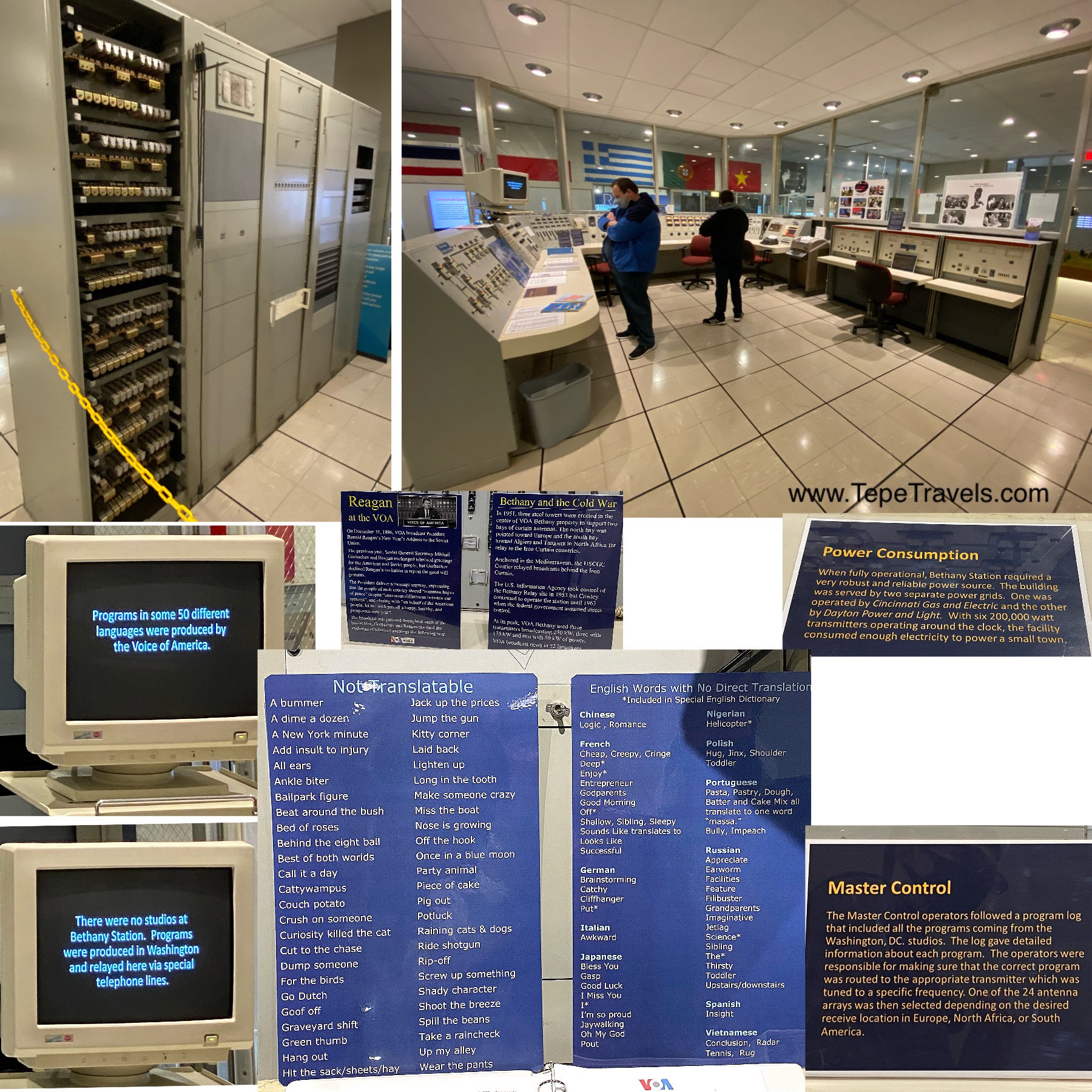
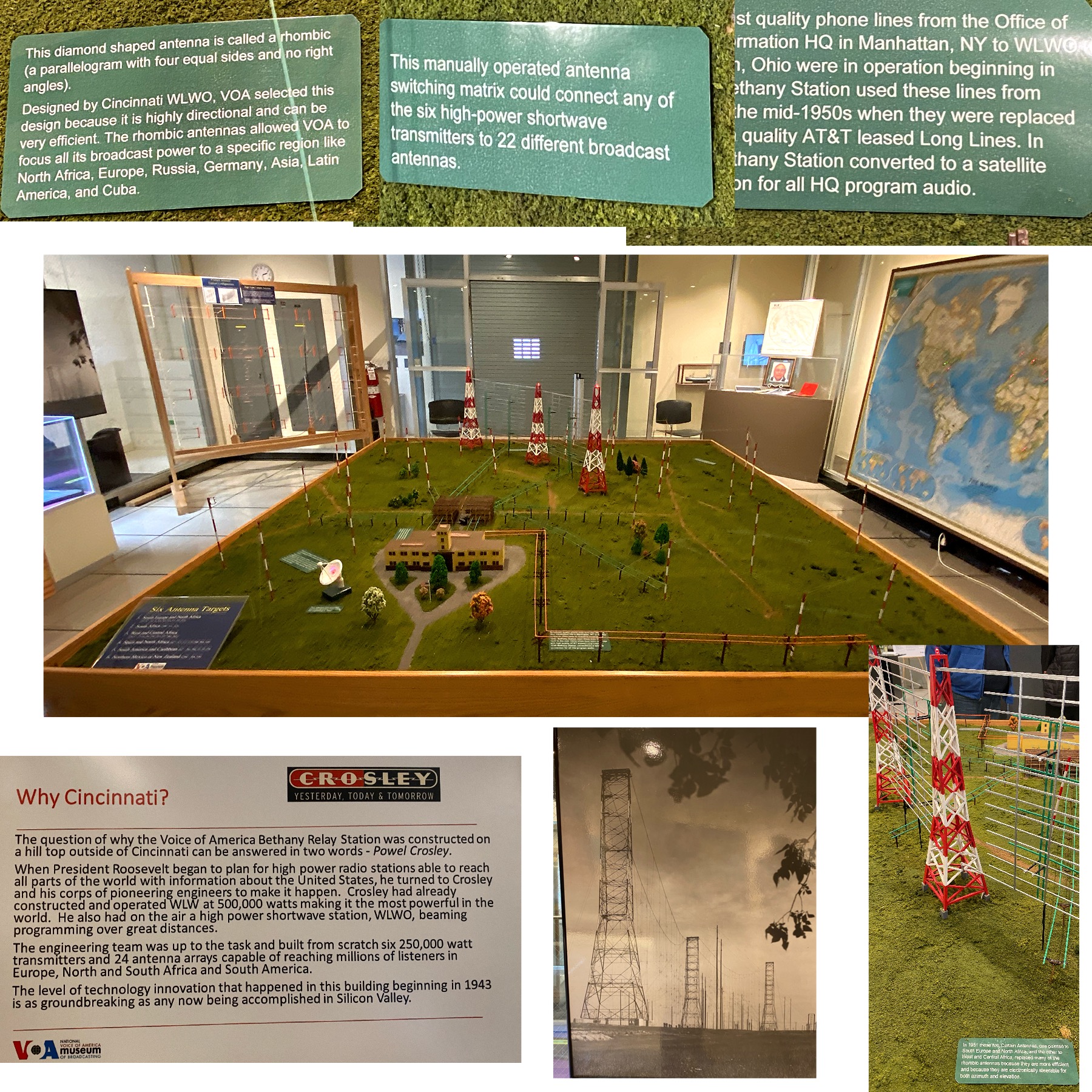
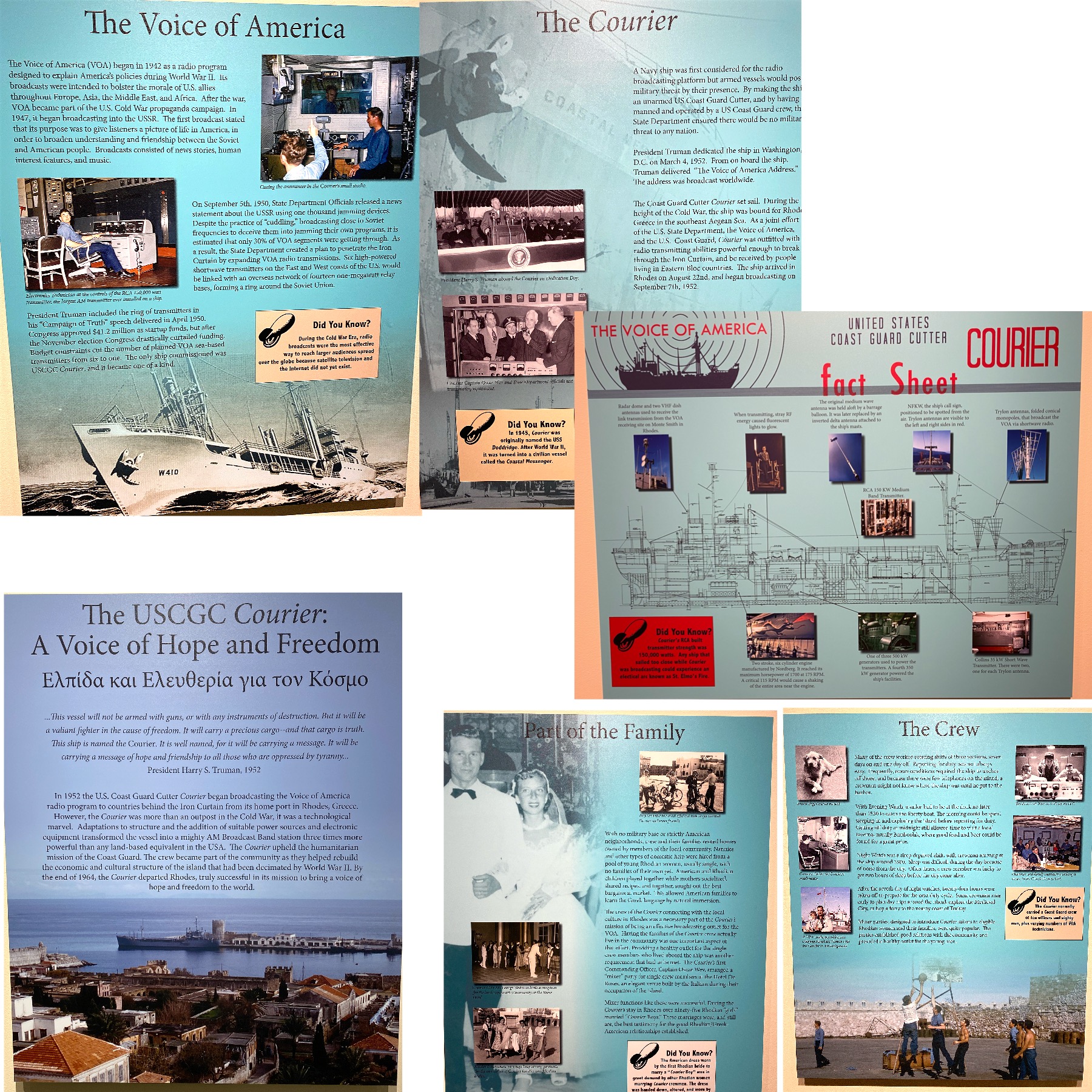
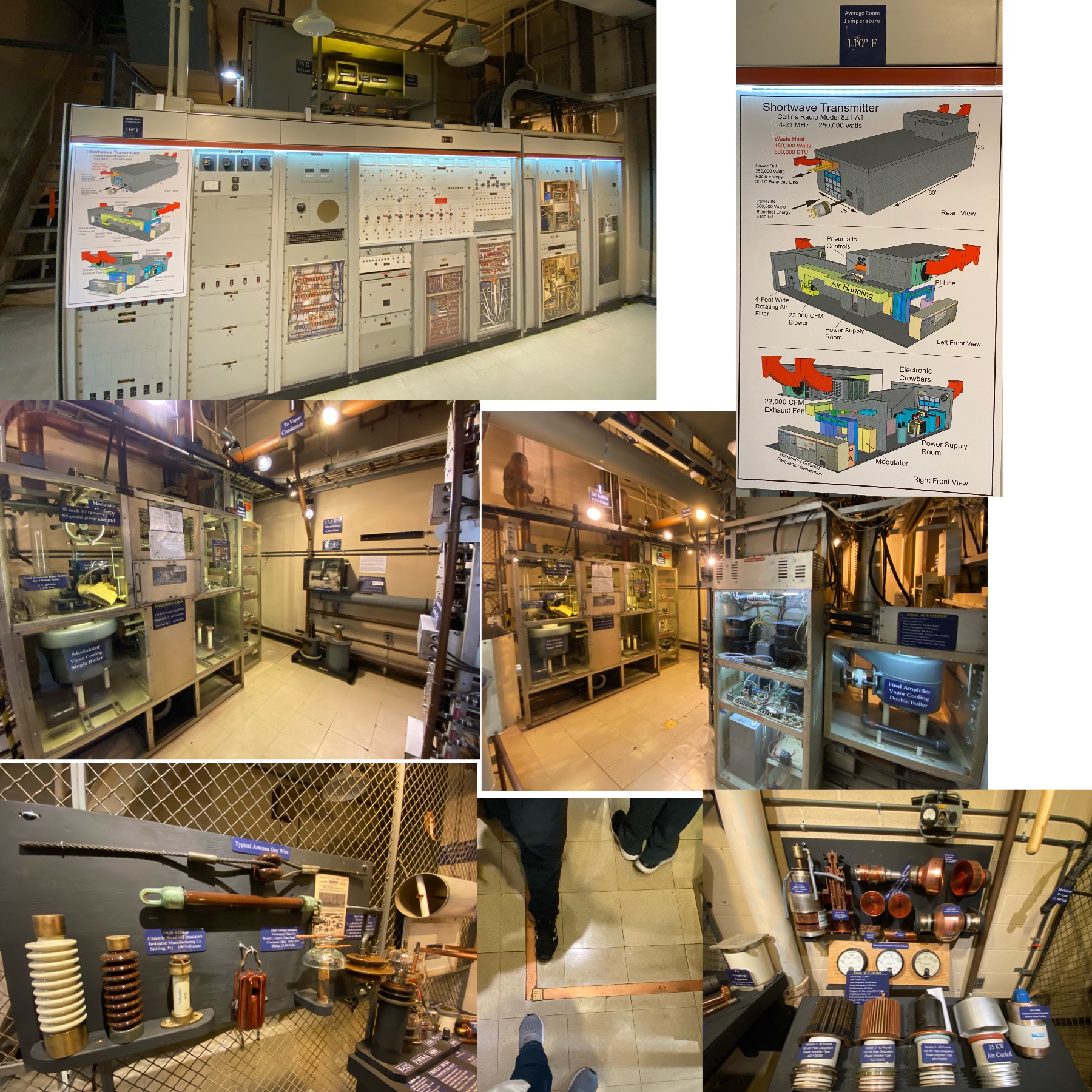

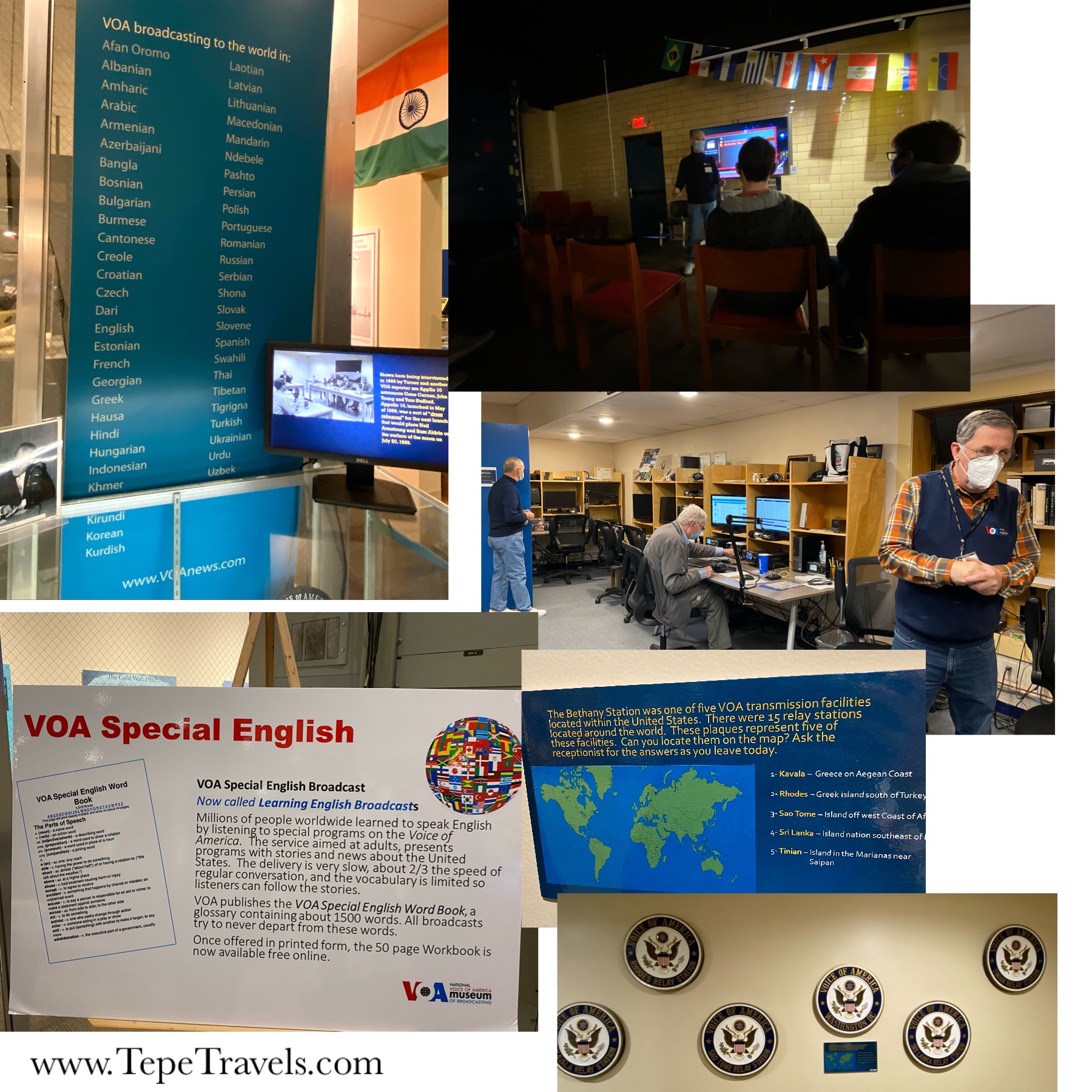




Very interesting! Thanks!